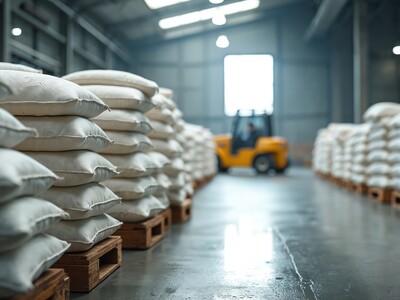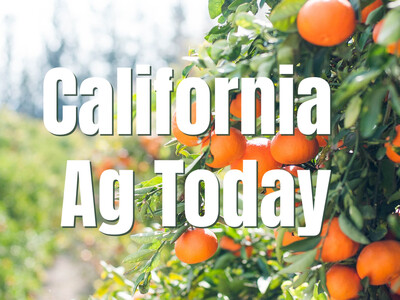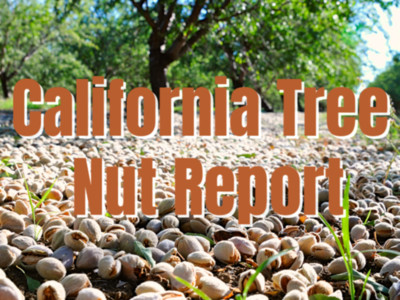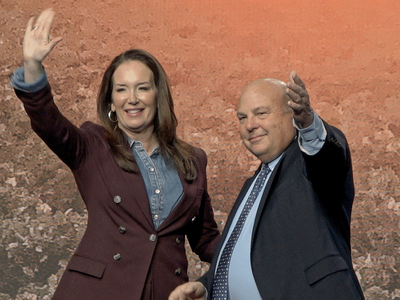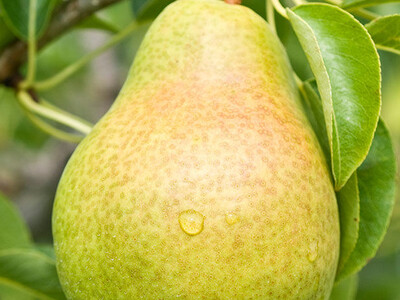Building Markets for Biochar
Building Markets for Biochar. I’m Greg Martin as Line On Agriculture presents the Harvest Clean Energy Report.
We have been talking quite a bit lately about biochar, how it’s made and some of the broad uses like soil amendments. Tom Miles, owner of T.R. Miles Technical Consultants recently held a workshop to look at alternative markets for the product.
MILES: The business of biochar is just growing. There are a number of people who are making biochar in small facilities of one kind or another making 50-100 pounds an hour of biochar but most of them are tuned into the garden market and so they’re making products, formulated products if you want to call it that are combinations of biochar with other materials. Typically compost to make a garden product. You may remember a product probably 20 years ago that was called Black Magic.
The workshop took all these things into consideration.
MILES: So we decided to get everybody together who was producing biochar in the Pacific Northwest and also get together what I call their suppliers and that includes consultants, soil scientists, consulting engineers, people like me who have been working with the biochar producers in trying to help them get started and then the research community that has been doing a lot of work in the last 7-8 years.
He says they also got the policy people involved as well.
MILES: We segmented the market into the different market areas that we could identify. Agriculture for one which splits into the retail garden market on the one hand and production agriculture which is everything from horticultural crops to field crops, large scale agriculture. Forestry, which is both a source and a market like agriculture for biochar. So we had another sector we call ecosystem services and what that is is selling biochar for carbon sequestration for the purpose of sustainability.
And he talks about some of the various uses of biochar.
MILES: We have an organic egg producer in the northwest who’s experimenting with biochar by adding about 5% charcoal to their litter and manure, letting the birds stir it up. They actually reduced the methane and ammonia emissions from the manure. So they are reducing their carbon footprint by using a little biochar. Another market area we looked at was storm water the use of biochar in what they call low impact development facilities.
The use of biochar is only just beginning but could take a few years to take hold. For additional information on clean energy, visit harvestcleanenergy.org. That’s today’s Line On Agriculture. I’m Greg Martin on the Ag Information Network.???www.harvestcleanenergy.org






